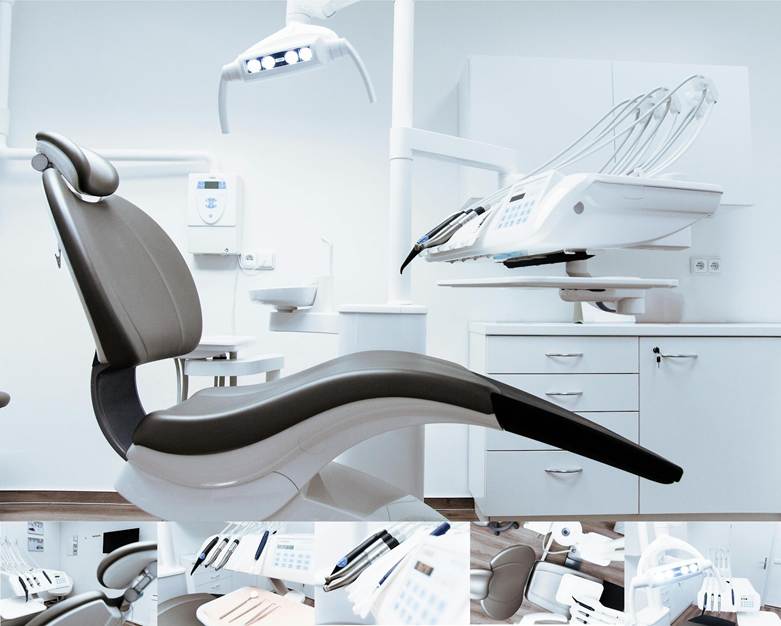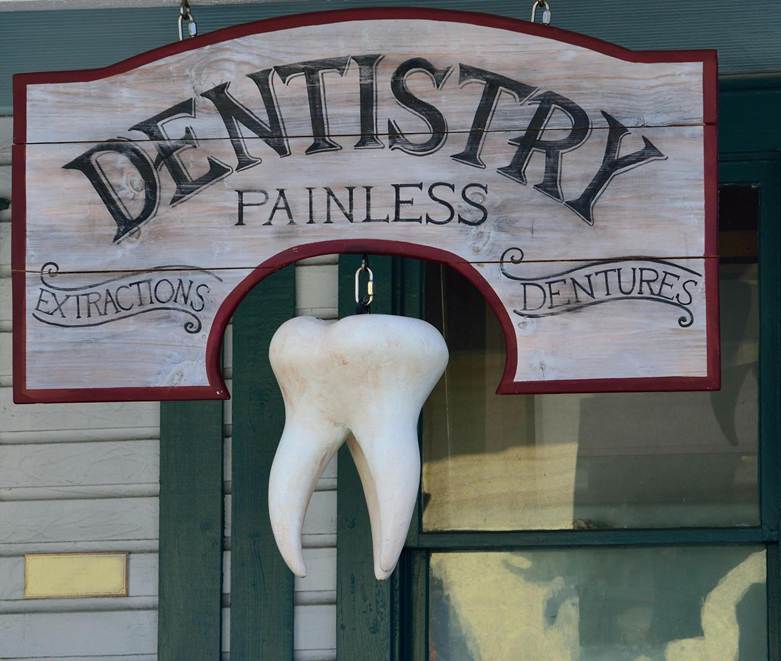Modern dental clinics are high-functioning healthcare environments that must meet rigorous construction, regulatory, and functional standards. From infection control and radiation shielding to patient comfort and digital infrastructure, dental clinic construction involves an intricate blend of architecture, engineering, and healthcare compliance. As patient expectations evolve and technology becomes more deeply embedded in dental care, the design and construction of dental practices must keep pace. In this blog post, we’ll explore the distinct construction standards necessary for dental clinics, highlighting what sets them apart from other commercial or medical spaces.

Infection Control and Sterilization Zones
Dental clinics must adhere to strict hygiene protocols, which are embedded in the very blueprint of the clinic. Unlike general commercial spaces, dental clinics require clearly defined zones for sterilization, waste disposal, and clean storage to prevent cross-contamination. This includes installing hands-free sinks, antimicrobial surfaces, and adequate ventilation systems that help mitigate the spread of airborne pathogens. Walls and flooring materials need to be non-porous and easy to sanitize, while sterilization rooms must be located strategically between treatment areas to facilitate the smooth and safe flow of instruments. These design standards are mandatory for regulatory compliance and critical for patient safety.
Ergonomic and Efficient Floor Plans
Designing a dental clinic with ergonomic and efficient floor plans is important for practitioner productivity and patient satisfaction. A well-thought-out layout streamlines movement between treatment rooms, sterilization areas, and administrative spaces, reducing physical strain on staff and wait times for patients. To build your dental practice with optimal functionality, it’s wise to hire professionals who specialize in dental clinic design. Their expertise ensures that the space complies with industry standards while allowing for future expansion and technological upgrades. Professional input helps in maximizing spatial efficiency, ensuring that every square foot supports smooth clinical workflows and contributes to a comfortable, welcoming environment for all who enter.
Specialized Electrical and Plumbing Requirements
Dental clinics demand more intricate electrical and plumbing systems than typical office buildings. Each dental operatory (treatment room) must be outfitted with multiple power outlets to support equipment like dental chairs, imaging devices, and computer systems. The plumbing design must accommodate dental units with clean water lines, suction systems, and air compressors, all while ensuring backflow prevention and easy access for maintenance. Practices that offer surgical or sedation dentistry may require emergency power backup systems and medical gas lines. The seamless integration of these systems within walls, floors, and ceilings is vital to maintain an uncluttered, professional environment that aligns with function and form.
Radiation Shielding and Imaging Room Design
Radiographic imaging is a core part of modern dental diagnostics, and its use introduces stringent construction standards to ensure radiation safety. Imaging rooms, such as those housing panoramic X-rays or cone-beam CT scanners, must be built with lead-lined walls, ceilings, and doors to contain radiation exposure. The construction team must incorporate operator shielding zones, such as leaded glass windows or remote control rooms. Regulatory codes often dictate the precise layout and required thickness of shielding materials, based on equipment specifications and expected usage. These considerations are critical for compliance with national health regulations and to protect patients and staff from unnecessary exposure.
Acoustic Control and Patient Comfort
Dental visits can be stressful for many individuals, and the ambient environment plays a significant role in shaping patient experiences. Acoustic control is particularly important to muffle the sounds of drills and suction systems, which can increase anxiety levels. Soundproofing materials must be incorporated into walls, ceilings, and even doors between operatories and waiting areas. Lighting design plays a part, as natural lighting combined with dimmable, glare-free fixtures can help create a calming atmosphere. Proper HVAC zoning ensures temperature control in treatment rooms where patients are stationary and vulnerable to discomfort. Every construction choice contributes to a more inviting and less clinical feel.
Digital Infrastructure and Technology Integration
Dental clinics are rapidly adopting digital workflows, including electronic health records, digital imaging, CAD/CAM systems, and patient management software. This shift requires robust IT infrastructure, like adequate data cabling, secure Wi-Fi networks, and equipment hubs that are discreet and accessible for updates. The construction plan must account for digital display systems, intraoral camera stations, and secure data storage rooms, all while maintaining HIPAA compliance. With the rise of teledentistry and digital consultations, modern clinics must be designed with audio-visual equipment and private telehealth spaces. Construction standards are evolving to ensure the clinic is tech-friendly and scalable.

Constructing a dental clinic is a specialized endeavor that merges healthcare regulations, technology integration, and patient-centered design. Unlike standard commercial properties, dental offices must comply with an intricate web of safety codes, ergonomic demands, and clinical workflows. From shielding against radiation to enabling digital efficiency and patient comfort, the construction standards of modern dental clinics are as complex as the care provided within them. For dental professionals planning to build or renovate their practice, working with experienced architects and contractors who understand these unique requirements is critical to ensure compliance and long-term success.









